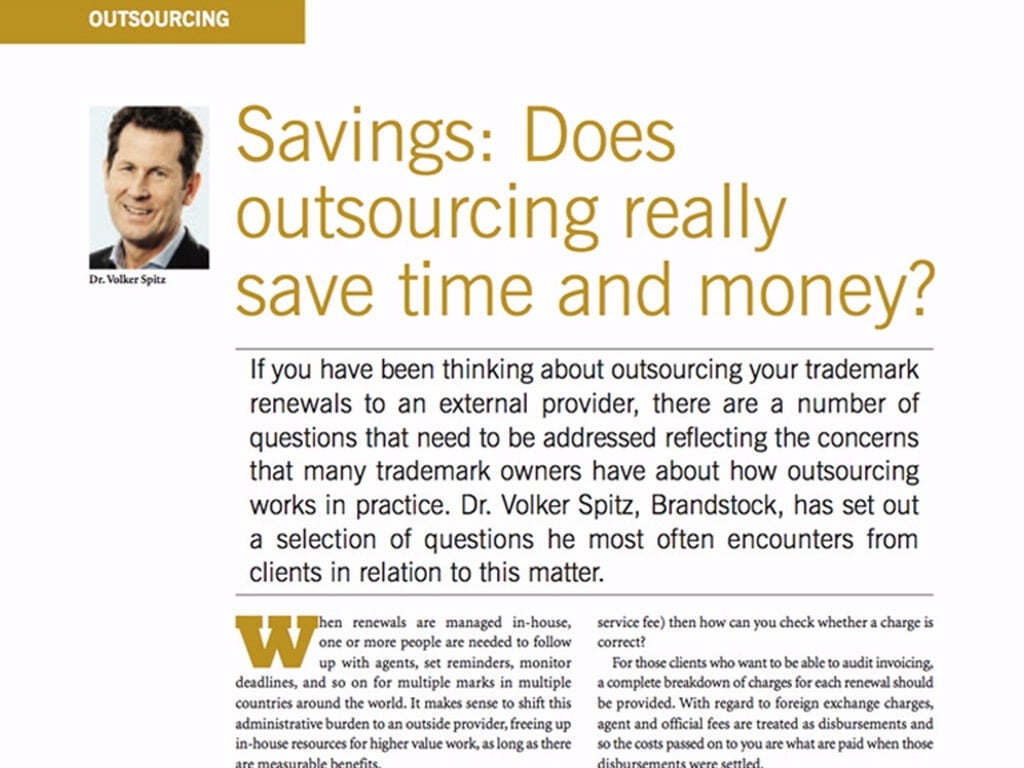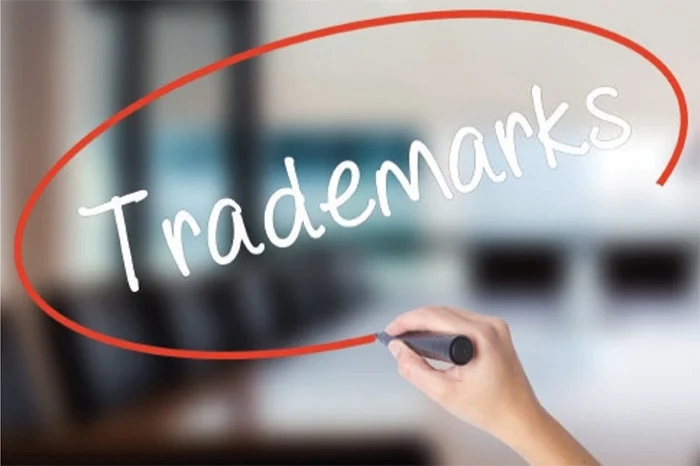Brandstock can help you decide when renewing a trademark is worth it and when isn’t
It’s easy to assume that if you own a trademark, it must be valuable. After all, you registered the trademark to begin with, so it makes sense to keep renewing it, right? Renewing a trademark can easily become just something that your business does, rather than something which it analyzes, assesses and ensures are necessary and cost-effective.
As any trademark professional knows, many companies own multiple trademarks that are achieving nothing for them at all. Perhaps the trademark covers a product that no longer exists. Perhaps you registered a mark and then decided not to go ahead with a particular name. Or perhaps you have two trademarks representing more or less the same thing.
Do you need to renew your trademark?
Get a free estimation!
There may be many different reasons why you would continue to have trademarks in your portfolio that you don’t need, but the most likely is that you are renewing a trademark out of habit. For some companies, it seems easier just to pay the trademark renewals and not risk a mistake than to really assess whether a trademark is worth renewing.
It is also the case that most trademark owners have not properly analyzed their portfolio. But with internal staff changes over the years and the knock-on effect of changing agents in various jurisdictions, it’s almost certain that there will be duplicates, gaps, and ‘holes’, meaning that it’s likely you have both useless registrations as well as vulnerabilities due to under-registration. Your strategy for renewing a trademark should take account of this information.
When should a trademark be renewed?
Brandstock has a solution which will save you money and time, as well as cleaning up your trademark portfolio to ensure that you don’t waste your energy on renewing a trademark when you don’t need to.
As with most of your portfolio management, it starts with a clear assessment of the status of your current assets. Brandstock will conduct an audit for you, to establish what trademarks you own and at what stage they are in each country. At the end of the audit, Brandstock provides you with a Tapete, a chart showing all the countries in which you operate, and the status of each application, including completed registrations, pending registrations, pending oppositions and so on.
This chart allows you to see clearly where you might be wasting time and money in your portfolio, as well as identifying potential gaps to fill. Brandstock will work with you to help you understand where you can avoid renewing a trademark, but also where you have, for example, missing classes or countries in your registrations.
Potential issues that are sometimes raised in the audit include redundant registrations, or ‘double’ trademarks which can be deleted or not renewed; and more subjectively, whether there are registrations that are similar to others in the portfolio which can be allowed to lapse.
The key advantage of conducting a trademark audit for your trademark renewal strategy is that it gives you the right information to base your decisions on. Brandstock will work closely with you to assess your portfolio, and will present relevant information to enable you to decide quickly and accurately what registrations you don’t need to renew. In the past, more than 90% of Brandstock’s clients have discovered superfluous trademarks during this audit process. Identifying these will save you money and time.
The other major advantage of this process is that it streamlines your external relationships. With Brandstock, you only have to liaise with a single point of contact – this means that you have fewer stakeholders to deal with, fewer potential weakspots in the process, and fewer chances for anything to go wrong. Once you’ve decided to go ahead with an audit, everything is taken care of. And then all you have to do is make decisions on renewing a trademark based on the most accurate, clear information available. Perhaps most importantly, you then have the peace of mind of knowing that you’re covered. You can demonstrate not only that you know the state of play of your trademark portfolio, but also that you’re taking the right action for the right reasons!
























